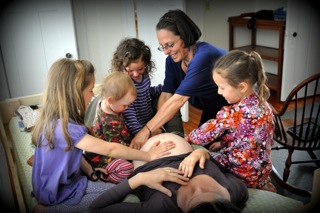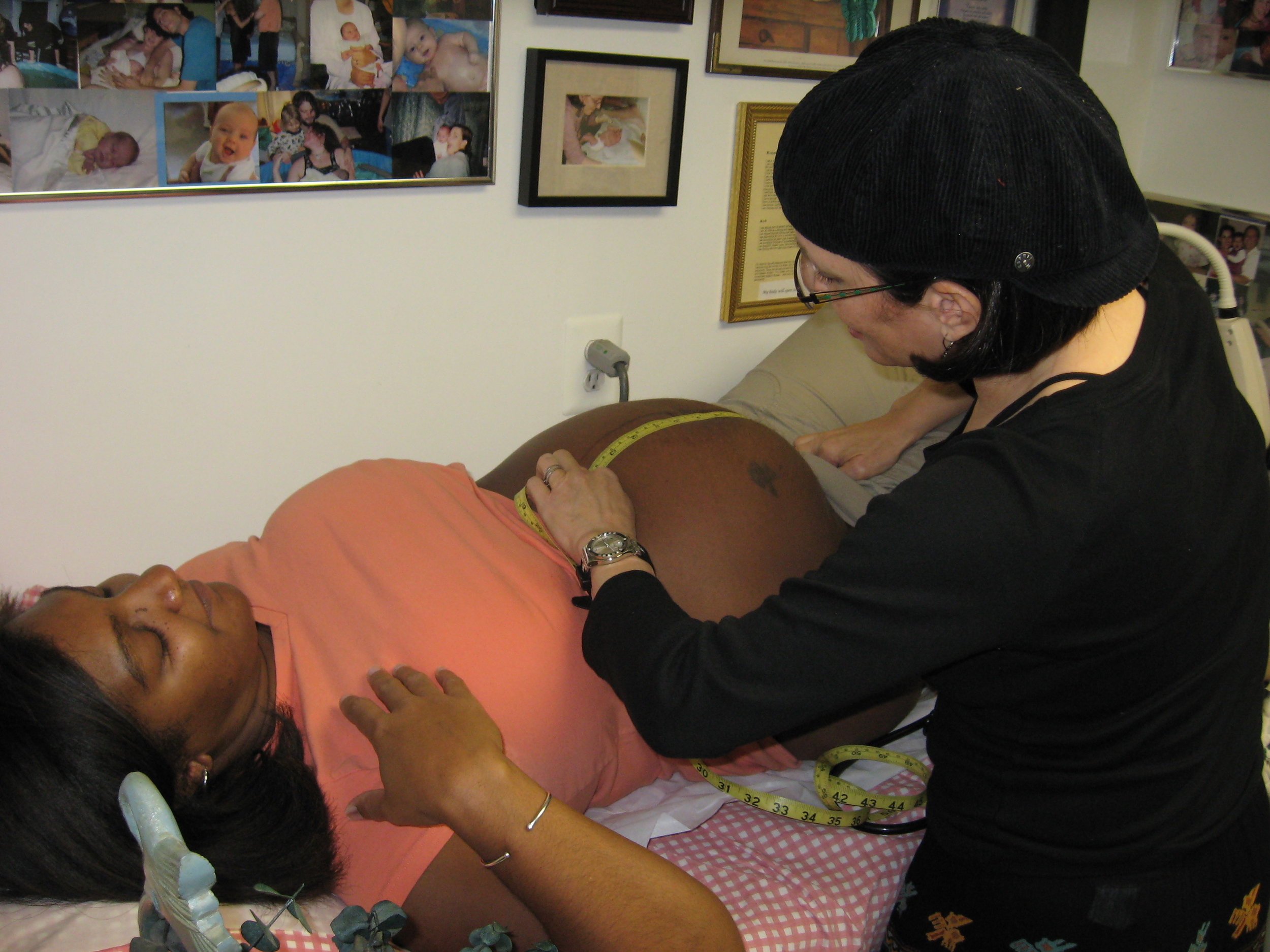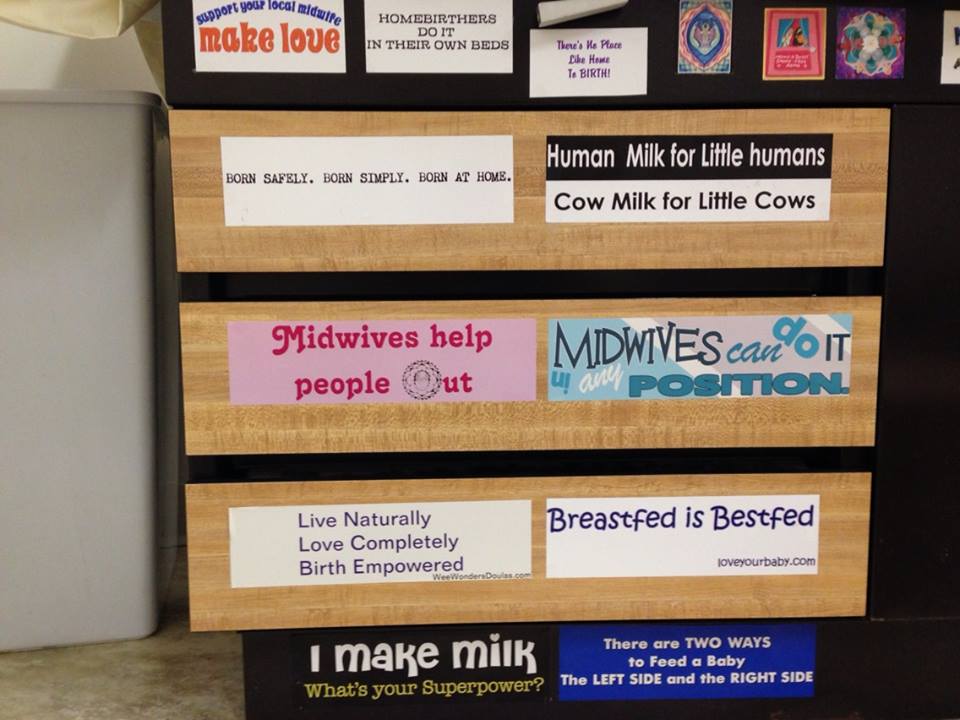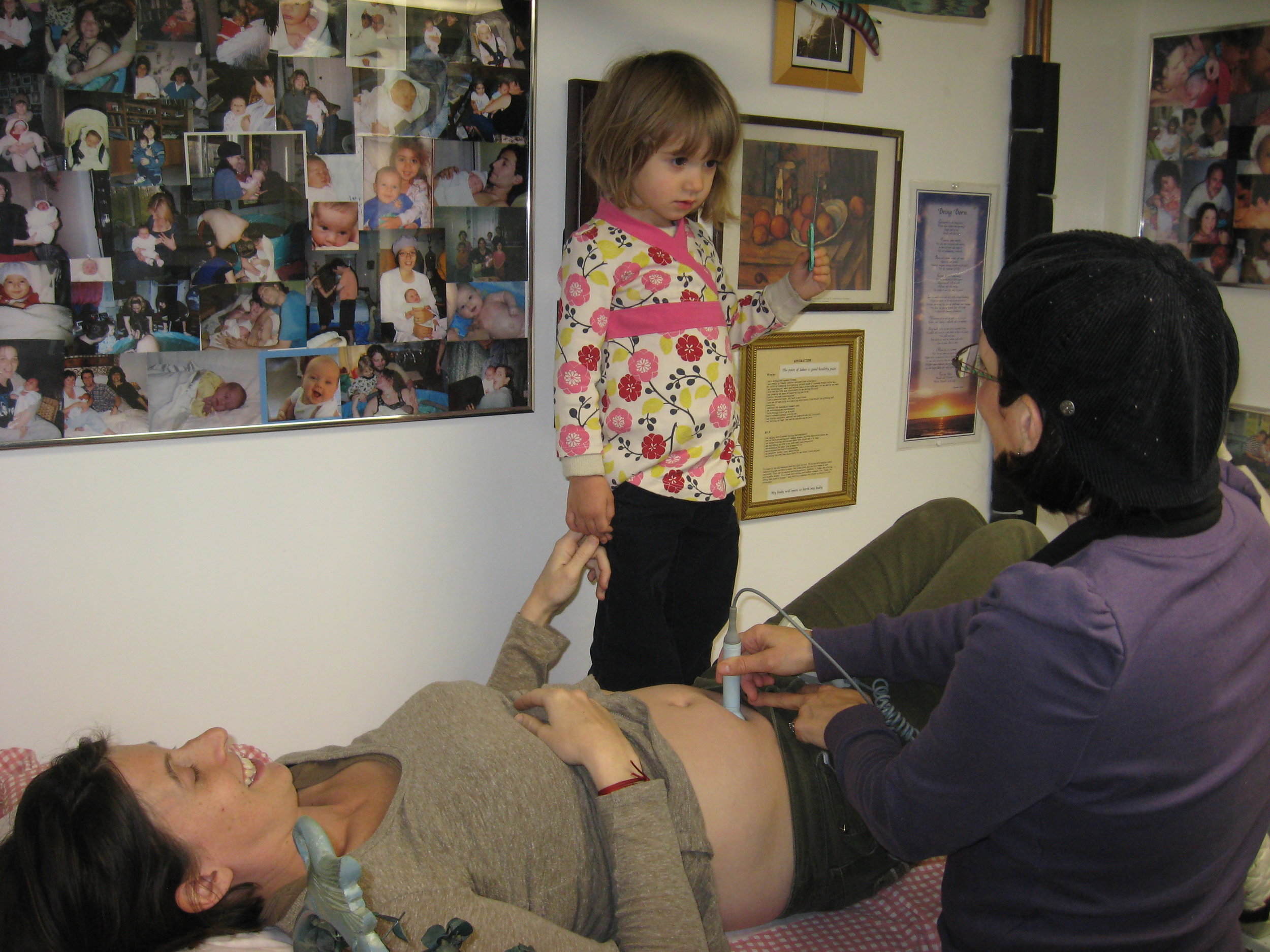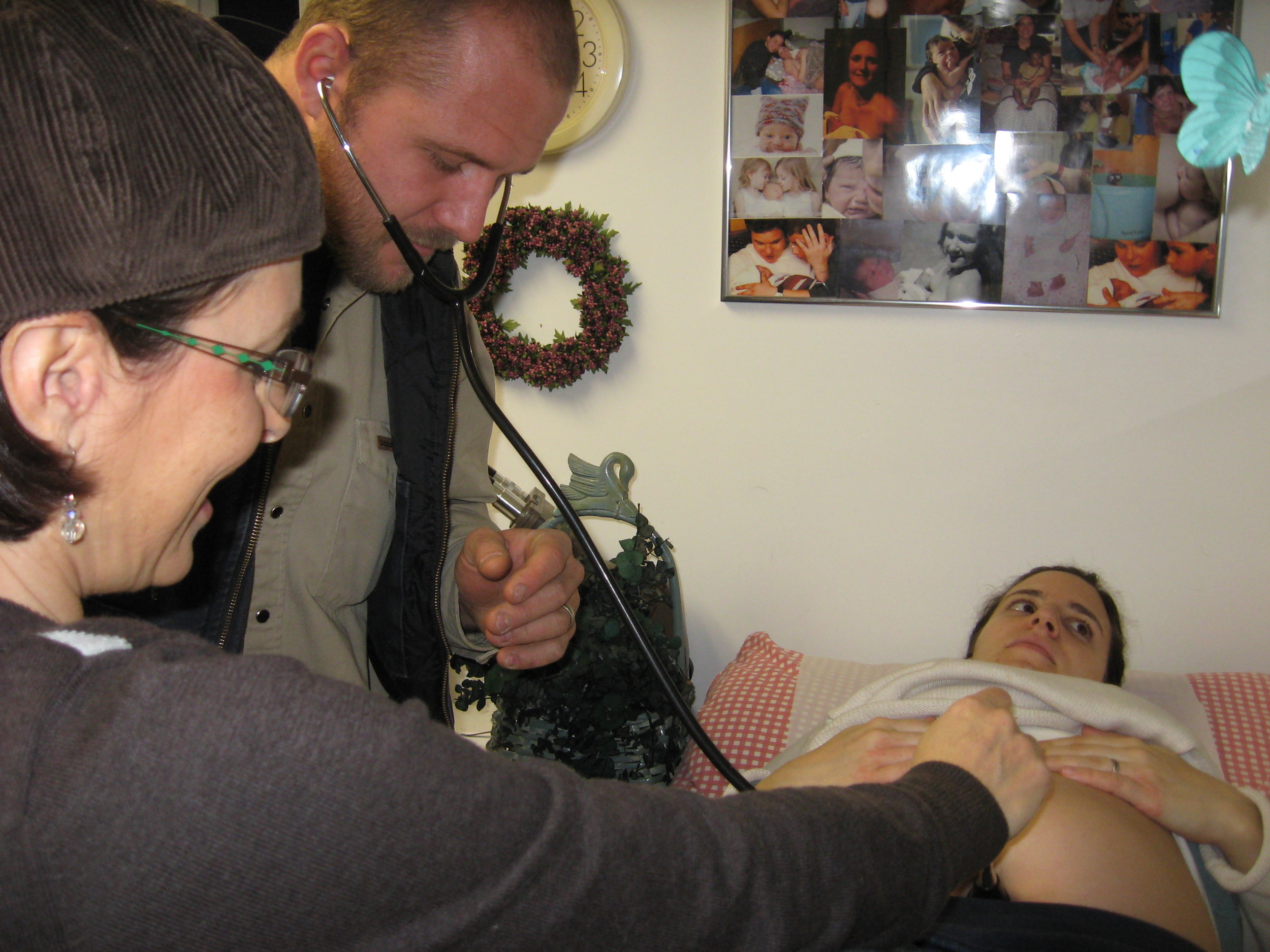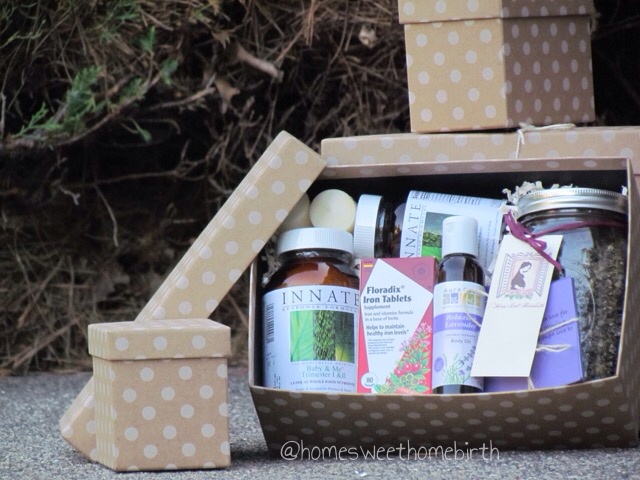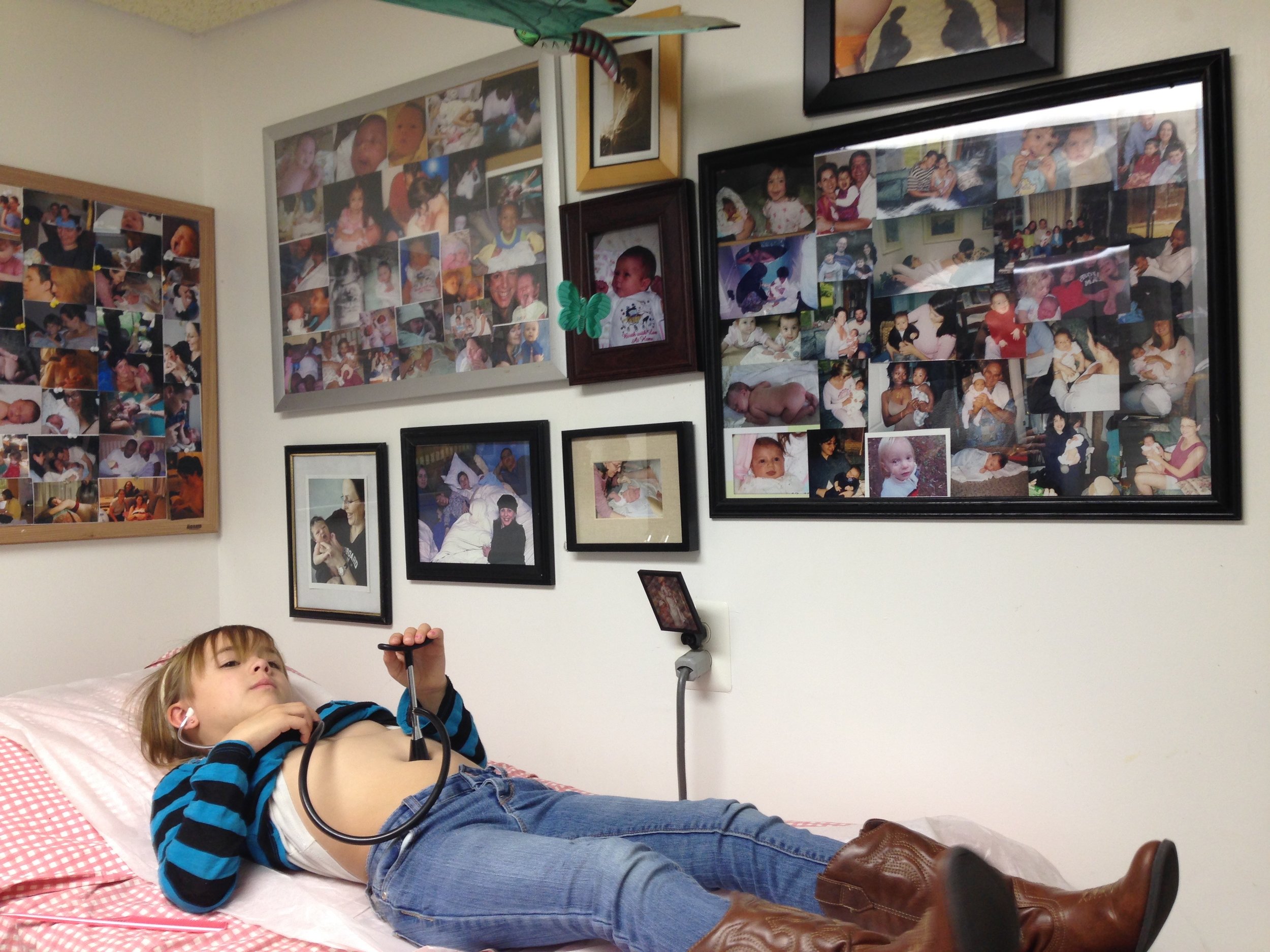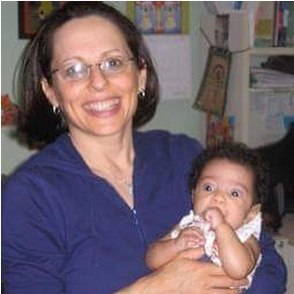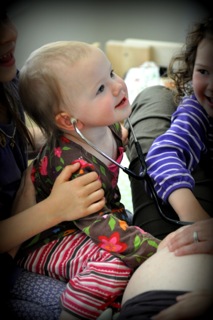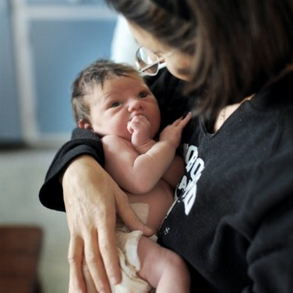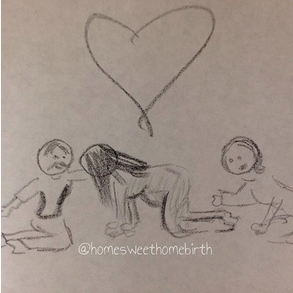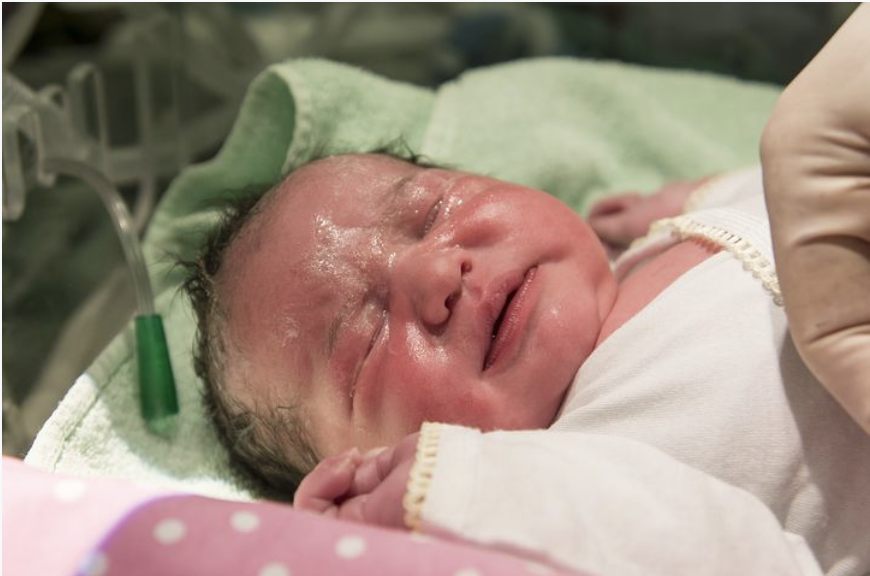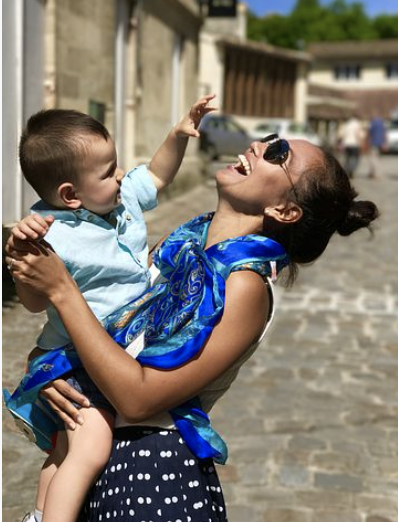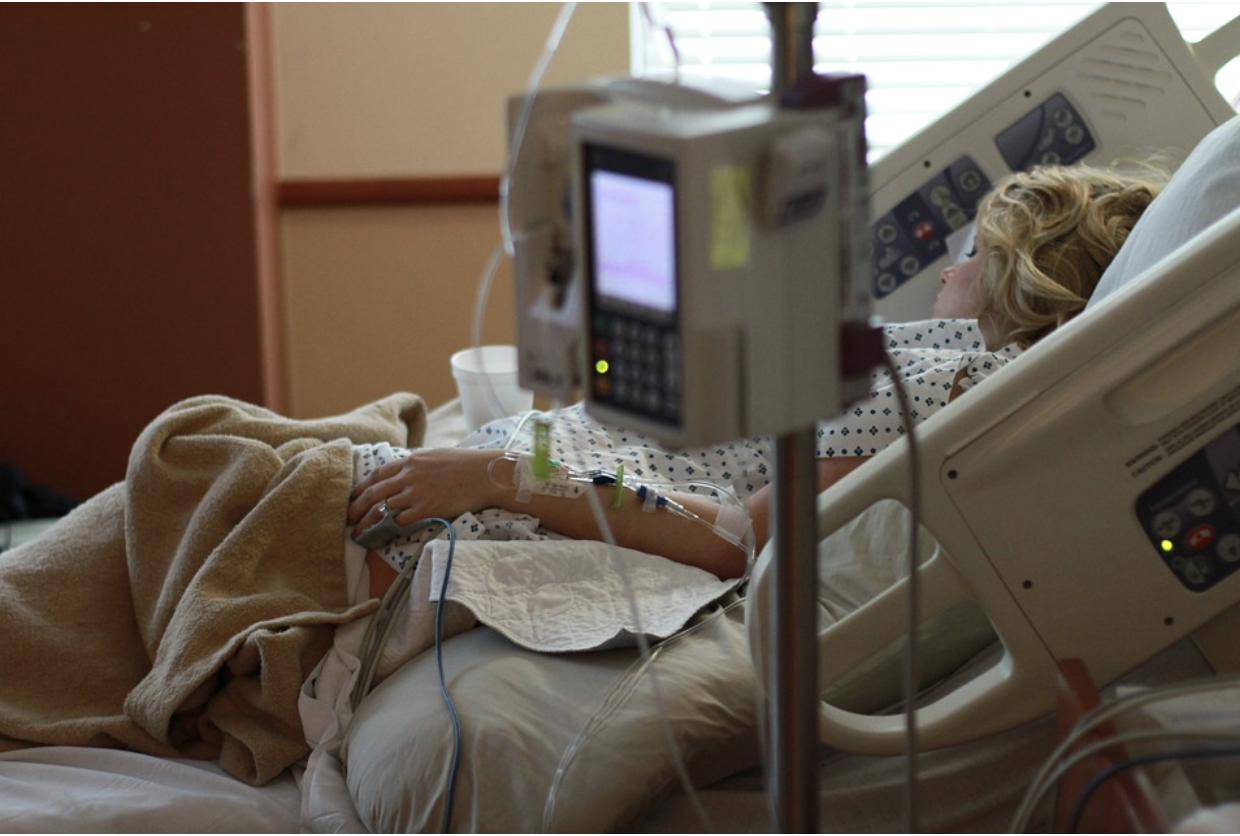The list below shares with you 15 wonderful things you may find during prenatal care visits with midwives, especially those who practice in relatively small group private practices, out of hospital - in free standing birthing centers and home settings across the United States. Other countries may have slightly different models, but authentic midwifery practice shares many common core philosophies of care, so I suspect there would not be much difference. They are:
Time – as in actual time for connecting and developing a relationship with your midwife; so that you can ask your questions and speak about your concerns. Time for the midwife to ask you the questions she needs to make assessments about your health and wellbeing, so she can best guide and support you.
Continuity of care - the midwife (or one of the 1-2 partners, if in a small group practice) you see during your prenatal visits will most likely be the midwife who attends your birth.
A big heart - your midwife will give you every ounce of her heartfelt knowledge, expertise and care for you and your baby. You may just feel so close with your midwife after a while, she is like your best big sister or wise friend, and her office is a safe space for you to share, laugh, or cry about anything.
Education - your midwife will teach you and your loved ones about your body, what’s happening, what to expect along your childbearing journey, and what you can do to make it easier, healthier, more positive. This includes diagrams and models of pregnant moms and babies, placentas, umbilical cords, membranes and pelvises. Your midwife might just have a mirror for anatomy lessons of your own body if you are interested....like in seeing your cervix.
Tea and healthy snacks for everyone.
Inspirational quotes, affirmations and art about pregnancy, giving birth, breastfeeding, baby wearing and parenting.
Pictures of graduates on the wall and/or in photo albums.
A collection of thank you notes and birth stories (I call them love letters) in collages and/or scrapbooks.
Midwifery and holistic health text/reference books and a lending library of books and movies on pregnancy, natural childbirth, breastfeeding and newborn care.
Enough seating arrangements for the whole family and even some friends, as well as toys and books for the little ones.
Hands - your midwife’s hands are skillful both in their assessment AND the supportive touch they offer.
Tools - all the supplies and knowledge of how to use them, that could possibly needed for your journey. These include equipment such as blood pressure cuff and stethoscope, fetoscope, Doppler and gel for checking baby’s heart rate, scale, measuring tape for assessing the height and growth of your uterus, and lab supplies for checking your blood, urine, screening for infection and pap smear AND so much more! If she uses an exam table, the stirrups will be covered with oven mitts, and it will probably have a nice comfortable and decorative sheet and pillow on it, with a stool for climbing up and down or for the little ones to be involved.
A boutique, where you can buy needed items like supplements and natural remedies, books, affirmation cards, birth kits, and rent a birth tub.
Office and birth assistants - your midwife may also have students, apprentices, and even have a doula or two to choose from; she may have space to host childbirth classes, pregnancy and postpartum support groups, prenatal and postpartum yoga, parenting groups and all sorts of relevant helpful workshops and community events.
Needed medical and midwifery knowledge and clinical skills; and she will also be familiar with and use a variety of holistic, alternative and natural modalities that can help you during and after pregnancy, birth and beyond.
As you go about choosing your midwife and planning for your birth, you might want to ask yourself what is important for you from the above list. Does your midwife or obstetrician offer some of these things, or what you feel you want and need? Start writing down your questions and your preferences now in a journal, so when you meet her - you have them handy. My online Love Your Birth course will not only help you prepare for having optimal health in pregnancy and beyond, but will also help you to hone in on your own inner calm, joy and strength, as well as empower you with ways to speak your voice, and ideally avoid unnecessary interventions, medications or surgery. It will guide you get clear on what you really want, and make informed decisions given all your available options.

